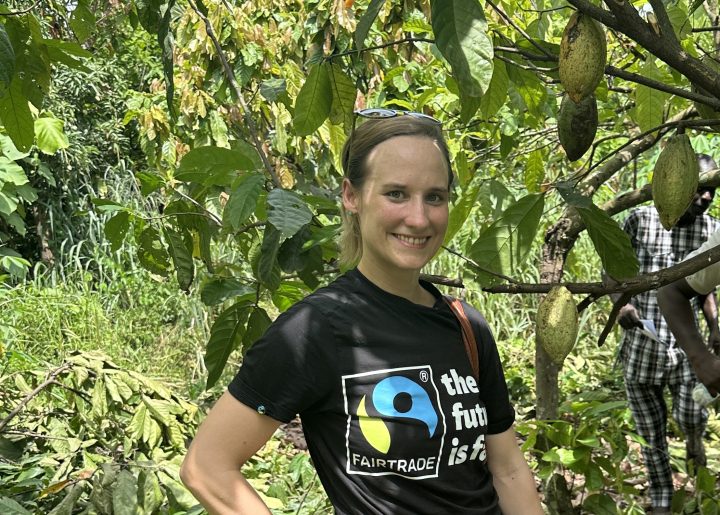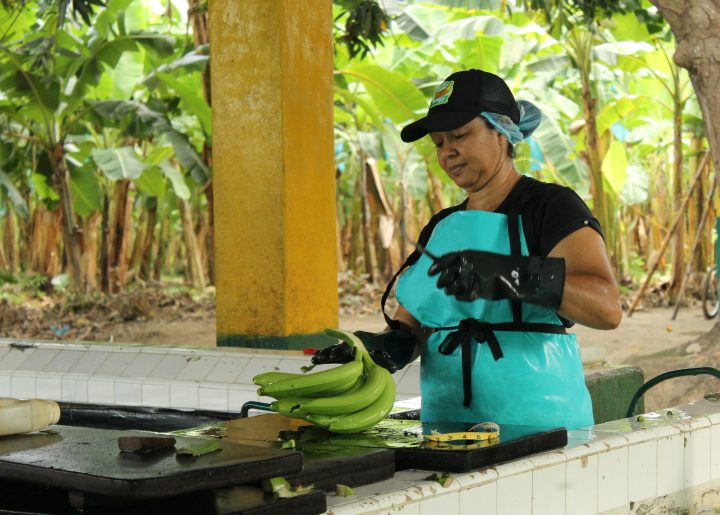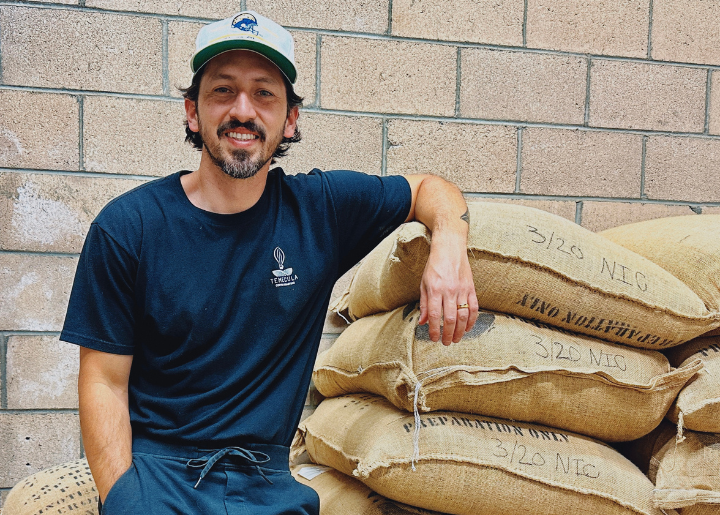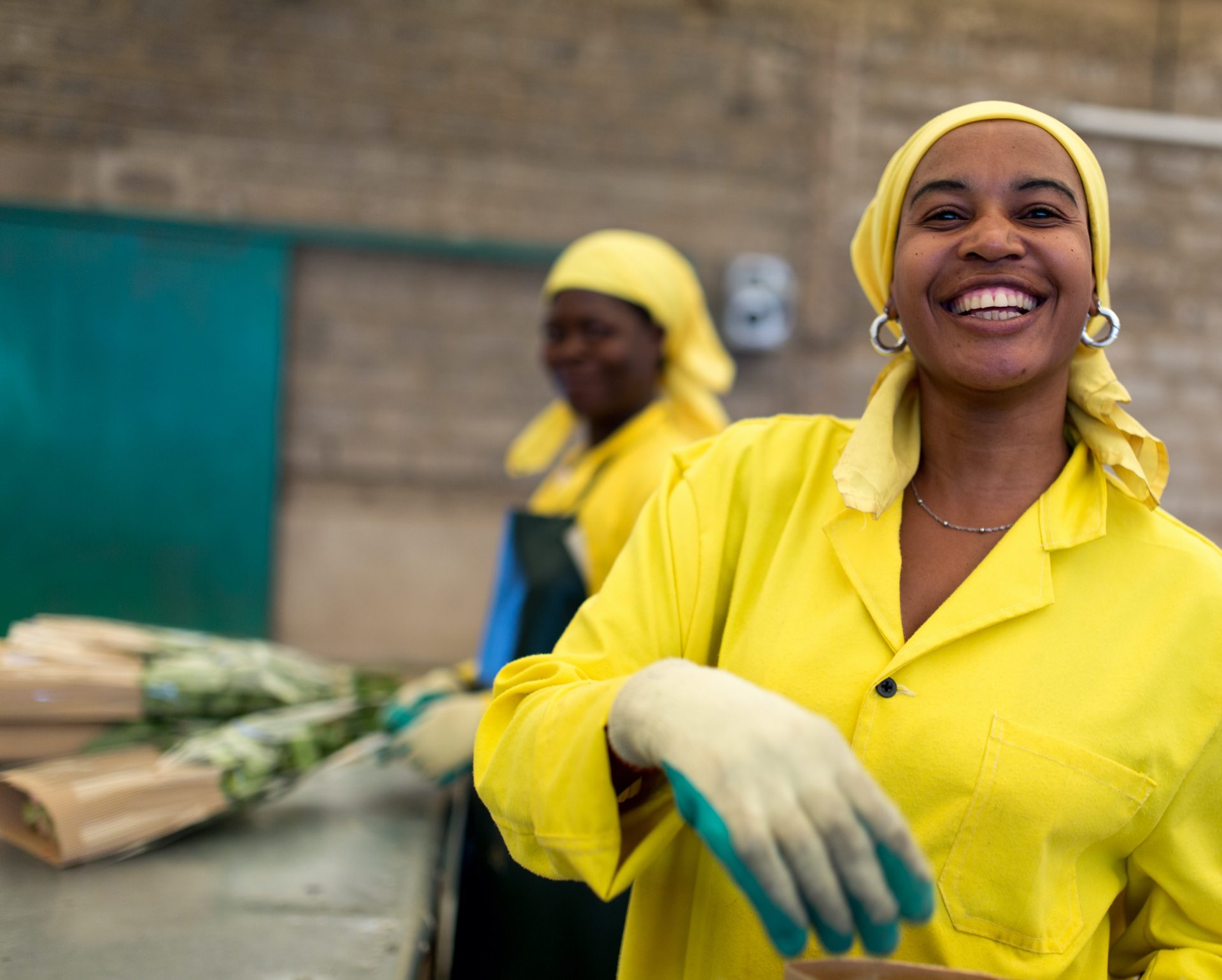Bringing the Sustainable Development Goals Down A Level
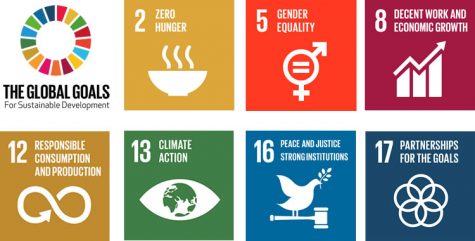
The UN’s Sustainable Development Goals are incredibly ambitious, audacious even! Number 1 is to “end poverty in all forms everywhere” by 2030. No more poverty in just 13 years seems crazy, but the key lies in breaking down the structures that caused these problems in the first place. Fairtrade can be an important contributor to achieving the Global Goals.
Fairtrade’s core vision, the long-term goals outlined in our Theory of Change, and even our very name align directly with the Sustainable Development Goals. As Marike de Peña, former board chair of Fairtrade International wrote in the introduction to Fairtrade’s SDG Report in 2015:
“All of the issues in the SDGs are ambitious, urgent, and interconnected. But if there is a priority we need to consider, I firmly believe it is looking after our farmers and those who work the land. As caretakers of our environment, as producers of food, and key actors in rural development, farmers are at the core of a healthy planet and a thriving global population.”
Empowering All to Achieve the SDGs
The fruits of capitalism and development have not trickled down to all, especially the farmers and workers at the beginning of many supply chains. Fairtrade’s role in helping achieve the SDGs is most evident in the goals related to export supply chains. Here’s a quick look at some of the ways Fairtrade’s work contributes to the SDGs all over the world:
Goal 2: End hunger, achieve food security and improved nutrition, and promote sustainable agriculture.
Farmers working fewer than 5 acres provide food for 70% of the world’s population. To feed themselves along with a party of 7.5 billion (and growing), farmers need to achieve decent livelihoods from what they produce. This means paying what food is truly worth.
Fairtrade farmers often choose to complement Fairtrade with organic certification. Having both not only helps them access better markets, but also benefits their communities in the long-term with healthier soils, fewer expensive inputs and dangerous chemicals.
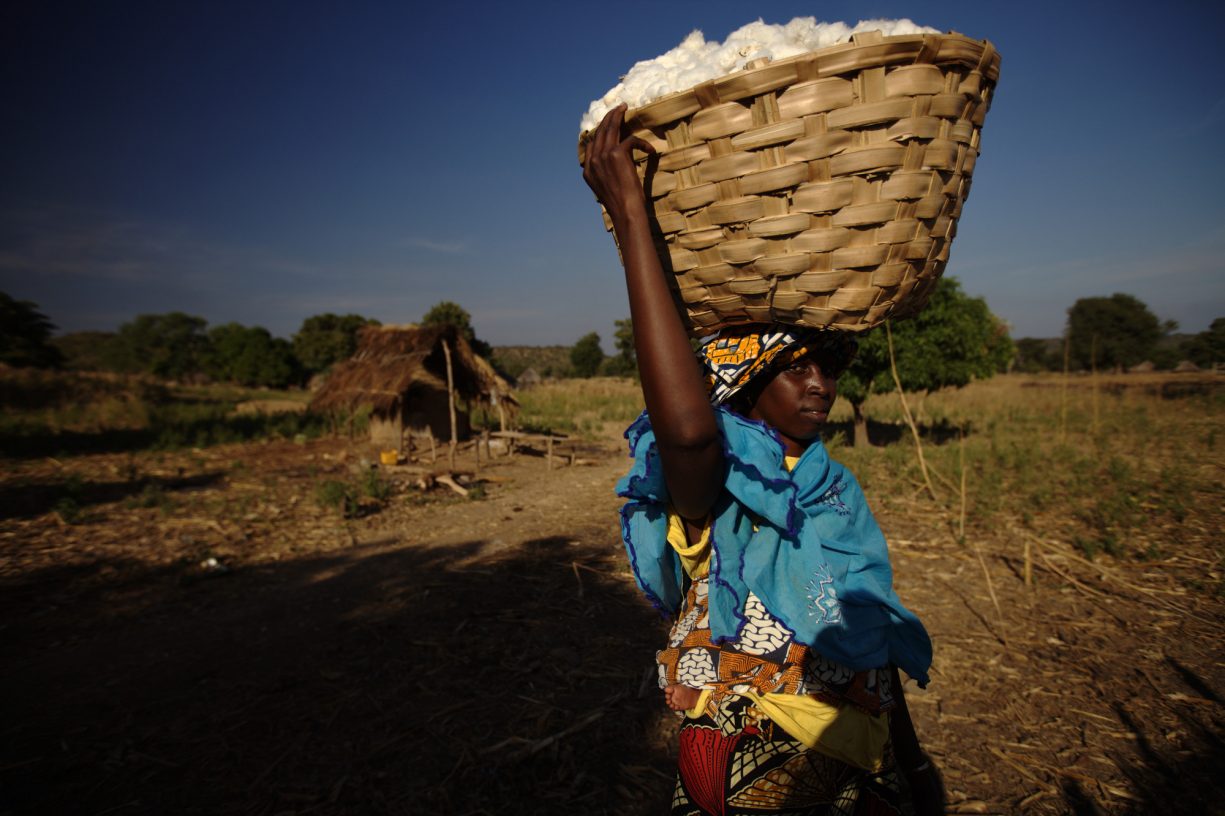
Goal 5: Achieve gender equality and empower all women and girls.
Though women workers make up 70% of the workforce in less developed countries, they often face inequality in the workplace and at home. Fairtrade helps women participate equally in agriculture, attain fairer wages, and diversify their income and opportunities, like Mary Opoku, who grows cocoa and serves as the president of Mfama Cooperative in Ghana. Mary has worked to help women in her community take ownership of land and be seen as equals: “I believe that now men have realized that they need to move together with the women in order to achieve development.”
Fairtrade’s Gender Strategy seeks to empower farmers, workers and employers to build communities where everyone is equally values.
Goal 8: Promote sustained, inclusive and sustainable economic growth, full and productive employment and decent work for all.
We can only achieve good growth if all workers know and can exercise their rights, and have safe work conditions; if they have access to living wages; and if we can make forced and child labor a thing of the past.
Research shows that independent, third-party certification, like Fairtrade can improve conditions for workers and promote sustainable livelihoods. While entrenched problems require years to make progress, Fairtrade cooperatives and organizations partnering with local governments and businesses can develop solutions through investment and persistence, as we have seen with Fairtrade farmers’ success in fighting child labor in Belize.
Though Fairtrade works with producers in less-developed countries, we are also proud to support progress on the SDGs here in the United States through organizations like Fair World Project.
Goal 12: Ensure sustainable consumption and production patterns.
Fairtrade works at all points in the supply chain to make production and consumption sustainable.
Certification and labeling helps consumers make choices that support their values. Here in the United States, Fairtrade America works to build the market for sustainably-produced goods and to inspire brands and consumers to make ethical choices. Check out the full list of Fairtrade certified products here.
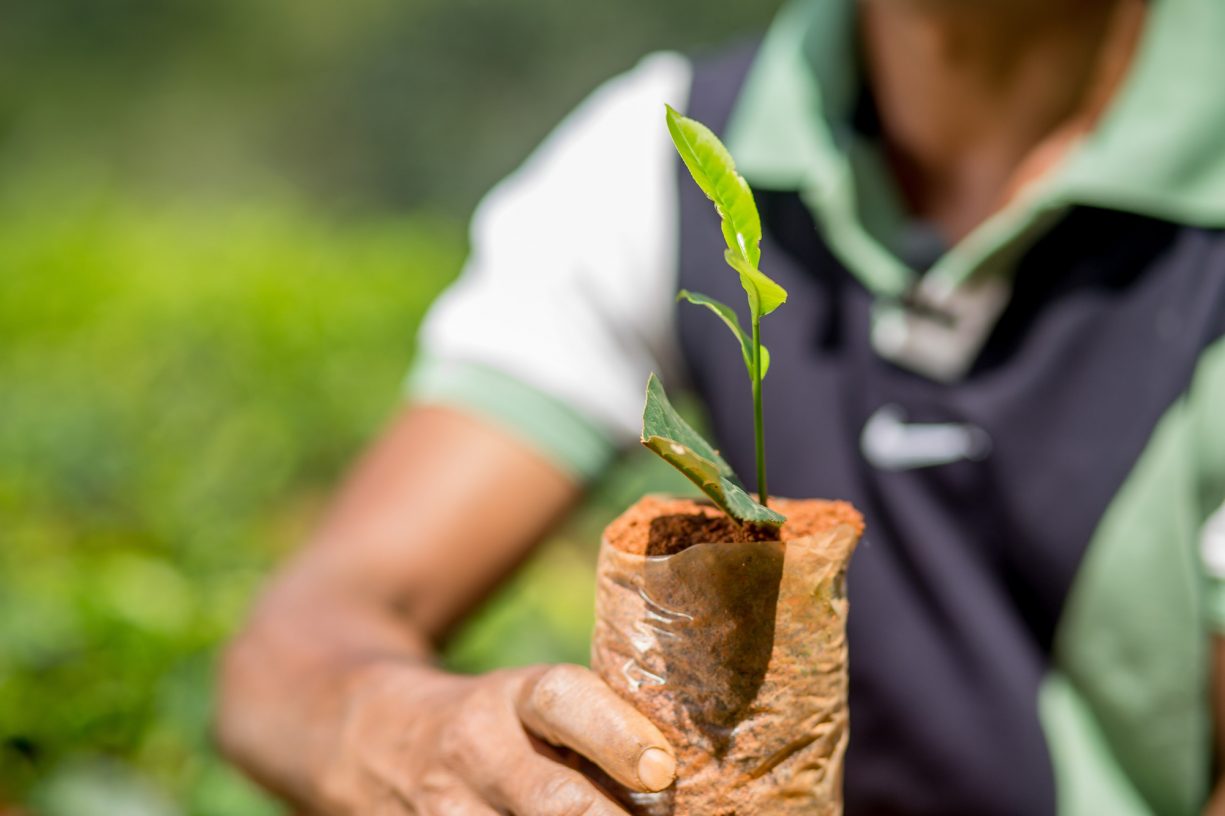
Goal 13: Take urgent action to combat climate change and its impacts.
For Fairtrade farmers, climate change isn’t a model, it’s not a theory. It’s everyday life. Small farmers already bear the brunt of a changing climate, with unpredictable or shifting weather patterns, uptick plant diseases and pests, and shifting climate zones.
Fairtrade sees farmers as part of the climate solution: adaptation and mitigation projects help them minimize the environmental impact of farming and grow healthy crops that can resist harsher climate patterns. At home, Fairtrade America works with American consumers and brands, like Ben & Jerry’s, with strong commitments to fighting climate change.
Goal 16: Promote peaceful and inclusive societies for sustainable development, provide access to justice for all and build effective, accountable and inclusive institutions at all levels.
Perhaps Fairtrade’s greatest contribution is encouraging people to organize. Democracy building from the ground up has been part of Fairtrade’s model from the very beginning. Farmers organized into cooperatives have the power to demand accountability from their government and negotiate better terms. Organized workers are more than a labor force helping a business succeed and demanding their rights. Informed consumers can live their values. This democracy building can be seen among banana workers in Colombia in the wake of decades of unrest.
Goal 17: Strengthen the means of implementation and revitalize the global partnership for sustainable development.
Partnerships make progress on the SDGs possible. Fairtrade America’s partners – producers, businesses, unions, and other NGOs – are working together to create a supportive environment to achieve ambitious Global Goals. We’re proud of the businesses who have made the SDGs part of their business, like Conscious Step socks, Divine chocolate bars, or Ben & Jerry’s.
Don’t Keep It On the (High) Level
The message Fairtrade America sends to all nations is one of inclusivity. Achieving the SDGs requires systems thinking and getting everyone involved. We can’t keep things ‘high level’ at forums where people in fancy suits discuss problems on the theoretical level.
Solutions need to include people from all levels, from the superhero farmers who grow coffee and cocoa to the consumers savoring it at breakfast. Fairtrade helps link all these people so we can work together to develop big solutions.
As Walter Carol of La Riojana Wines, a cooperative of Fairtrade farmers, said, “Thinking of Fairtrade as a tool to end poverty may be too ambitious; rather it should be seen as a response to the global market from small-scale farmers who are trying to transcend a life of mere subsistence. Battling poverty requires deep solutions that go beyond just trade. ”
Want your business to be part of the solution? Find out more.
Learn more about Fairtrade and the SDGs, you can read our full report here (PDF).
We’re in this together
Fairtrade America partners with brands on the journey to certification and beyond. We can help with everything from finding a certified supply chain to marketing your newly certified product.
Get in Touch
